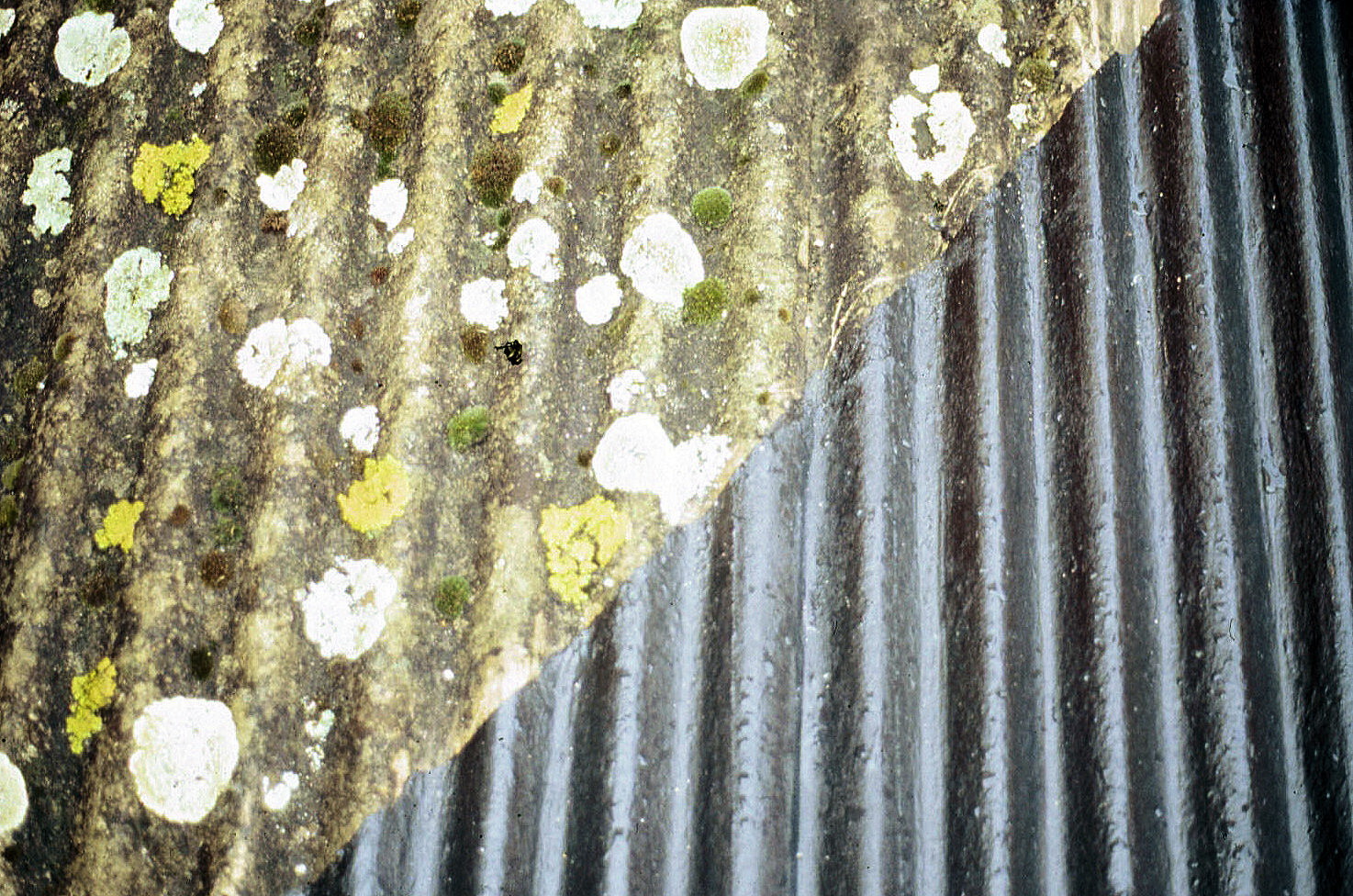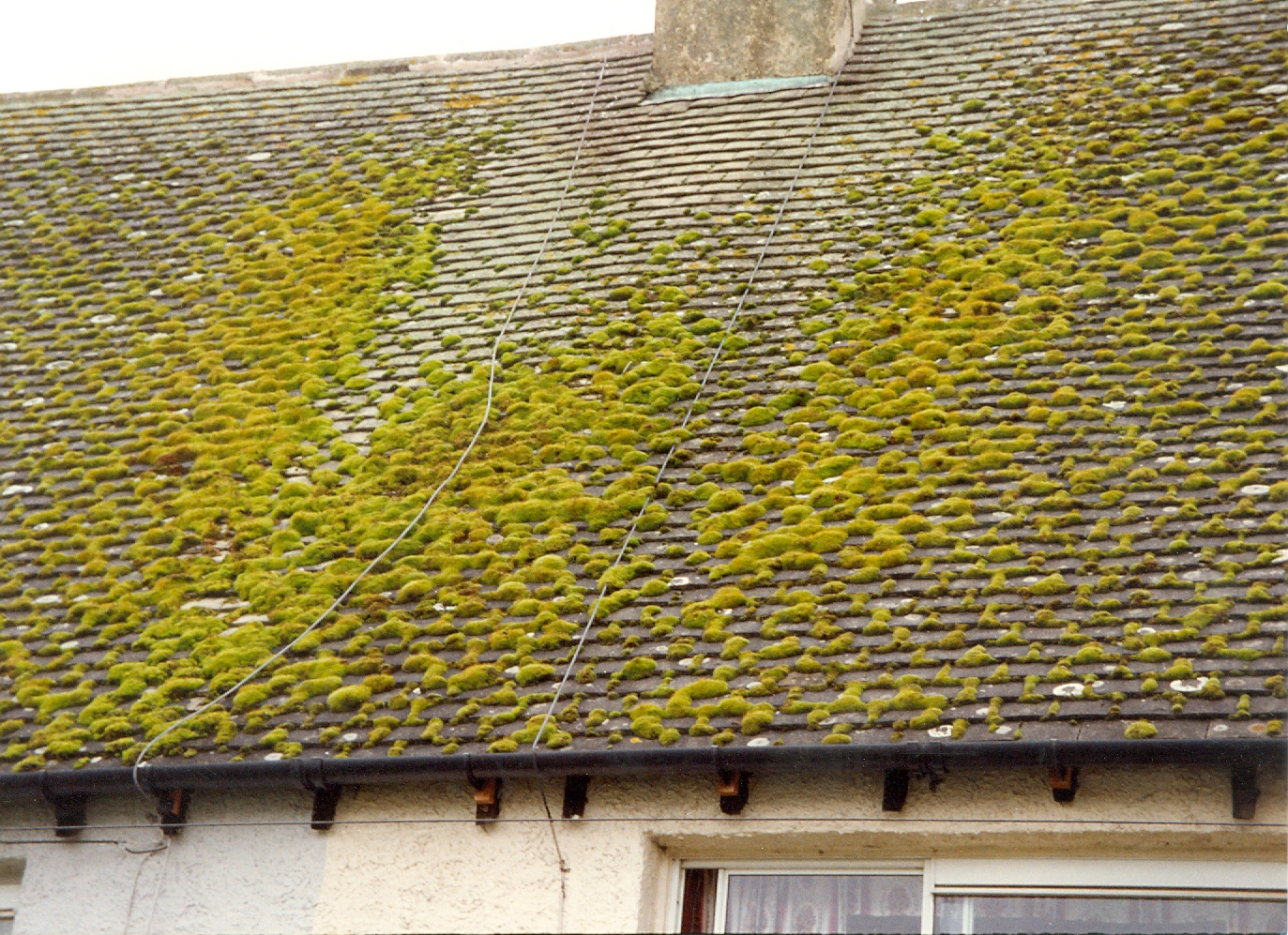






Lichenite
Enquire about this product
Need some advice? Please call us on 01372 743 334
We’re open 9:00am - 5:00pm Mon-Fri
Mosses, lichen and algae have now become a major maintenance headache throughout the UK for Local Authorities, Housing Associations, industry and commerce. On certain older buildings in country areas these growths have been welcomed, in fact, are actively encouraged because of their pleasing effect.
However, in cities and on modern buildings, mosses, lichen and algae have the opposite effect. Their appearance on brickwork, concrete, asbestos, stonework and masonry finishes is regarded as most unacceptable. Mosses, lichen and algae disfigure facing bricks and are a contributory factor to spalling of brickwork and concrete. In addition they cause erosion of the mortar joints. Like all plant life, they hold an attract moisture, storing it within the brickwork or surface on which they are growing, giving rise to problems of water penetration.
Mosses, lichen and algae need very little to germinate and grow – moisture, light and minute quantities of mineral salt and they can contaminate virtually any surface including brickwork, stonework, concrete, render, roof tiles, cladding, walkways, tarmac etc. On certain older buildings in country areas these growths have been welcomed, in fact, are actively encouraged because of their pleasing effect. However, in cities and on modern buildings, mosses, lichen and algae have the opposite effect and their appearance is most unacceptable. They disfigure facing bricks, stonework and roof tiles and are contributory factors resulting in spotting of these surfaces. Like all plant life, they hold an attract moisture, storing it within the brickwork or surface on which they are growing, giving rise to problems of water penetration. Furthermore all these growths excrete acids which further degrades the substrate.
LICHENITE was developed following large-scale trials under widely varying conditions in many different parts of the country. Local Authorities and Housing Associations have treated thousands of dwellings, with the result that whereas growths returned within six months, treatment with LICHENITE has kept buildings completely free from mosses, lichen and algae for years.
LICHENITE is a clear, colourless solution containing unique biocides dissolved in an aqueous medium. It is a free-flowing liquid at all normal temperatures with a very faint odour. It has unlimited shelf life if stored under normal conditions. Protect from frost and store in a dry location. It is non-flammable. Wash brushes, spray equipment etc used for application in plenty of water.
LICHENITE is cleared for use as a masonry biocide. HSE No. 3936.
Application
One coat application gives a coverage of 4-6 square metres per litre, depending on the extent of growth and porosity of the surface.
LICHENITE should be applied liberally by low pressure spray or large paint brush. Allow to react for 72 hours, after which time the dead growth should be removed with a stiff bristle brush or broom. In areas of heavy contamination a second coat of LICHENITE should be applied after the growths have been removed. Large areas of growth should be removed first by power washing. The substrate should then be treated with LICHENITE to kill the roots.
The effectiveness of the treatment under normal conditions is approximately 5 years but this is considerably extended by the use of HALOSEAL or ROOFCOAT FR10. Do not apply LICHENITE during periods of hot sunshine, frost or wet weather. Growing plants should be protected from overspray. If spillage or overspray occurs, wash off with plenty of clean water.
Areas of Use
- Moss, lichen and algae growth on brickwork, stonework, concrete – these growths aggravate the problems of water penetration which lead to frost attack and spalling. Treat with LICHENITE and protect with one coat of HALOSEAL. For parapet walls, garden walls, coping stones and soldier courses, apply two coats of HALOSEAL.
- Moss and lichen growth on roof tiles and asbestos roofs – LICHENITE to be used to kill growths followed by one coat of HALOSEAL as protection against regrowth.
- Algae on render – LICHENITE to be used to kill existing growths prior to re-rendering, redecoration or cladding. Use BIOCHECK ALLWEATHER for redecoration to prevent regrowth
- Algae and moss growths on paths, walkways, drying areas, forecourts, tennis courts, cause slippery surfaces which can be a danger to tenants, particularly the elderly. Treat with LICHENITE, remove dead growths and apply a second coat.
- Woodwork – use LICHENITE to treat growths. Clean down and prepare surfaces and protect with HALOSTAIN TC.
- Moss on flat roofs, porches and corrugated asbestos – will eventually cause breakdown of roofing materials. Treat growths with LICHENITE then apply ROOFCOAT FR10 for repair and protection against roof leaks.
LICHENITE “B”
BLUE STAIN MARKER
LICHENITE “B” carries a Blue stain/marker incorporated in its formulation, which is designed to assist the operative to visually progress his application work and thereby avoid “misses”. In every other respect LICHENITE “B” is identical to standard LICHENITE.
It is also designed to indicate to the specifying authority and/or site supervisor that the product has been thoroughly and correctly utilised on the surfaces in question.
LICHENITE “B” is to be used for removing moss, lichen and algae contaminations, or as a preventative
measure. LICHENITE “B” is only to be used on SUBSTRATES WHICH ARE TO BE SUBSEQUENTLY
DECORATED, COATED OR CLAD. LICHENITE “B” should NOT be used on any other masonry
substrates.
|
DO 1. Only use LICHENITE “B” on masonry which is to be subsequently painted, coated or clad. 2. Keep LICHENITE “B” away from all non-relevant surfaces. 3. Always seek MGC advice reference the substrate type in question. IT IS IMPORTANT TO KNOW IF IT IS A COATED OR NON-COATED SURFACE prior to any applications of LICHENITE “B”. 4. When using LICHENITE “B”, ensure that all walkways, paths, patios and adjacent roof tiles are protected with dust sheets or similar to guard against accidental spillage, splashes and staining. Do NOT use plastic or impervious sheeting |
DO NOT 1. Do not allow LICHENITE “B” to contaminate adjacent masonry, timber, plastic or any other surface which is not to be decorated. 2. Do not allow LICHENITE “B” to come into contact with clothing. 3. Do not use the same brushes/rollers for applying LICHENITE “B” as for applying subsequent MGC decorative coating. 4. Do not use LICHENITE “B” on substrates to be waterproofed with MGC HALOSEAL or similar. |
IMPORTANT
To release potential settlement of ingredients, invert the container and thoroughly shake contents prior to opening.
MGC cannot be held responsible should LICHENITE “B” inadvertently stain or contaminate other or adjacent substrates.
Note: Should this happen accidentally, the area in question must be immediately hosed clean, before the LICHENITE “B” is allowed to dry.
